The area between Tangalla and Hambantota marks the transition between Sn Lanka’s wet and dry zones, where the lush palm forests of the southwest give way to the arid and scrub-covered savannah that characterizes much of the island. Some 45 kilometres beyond Tangalla, During the last decade or so the city of Hambantota got a big face lift and as a result it appears to be like a gigantic modern city with a maze of highways leading mostly to nowhere in particular, although a major plan had been proposed which was not to be completed.
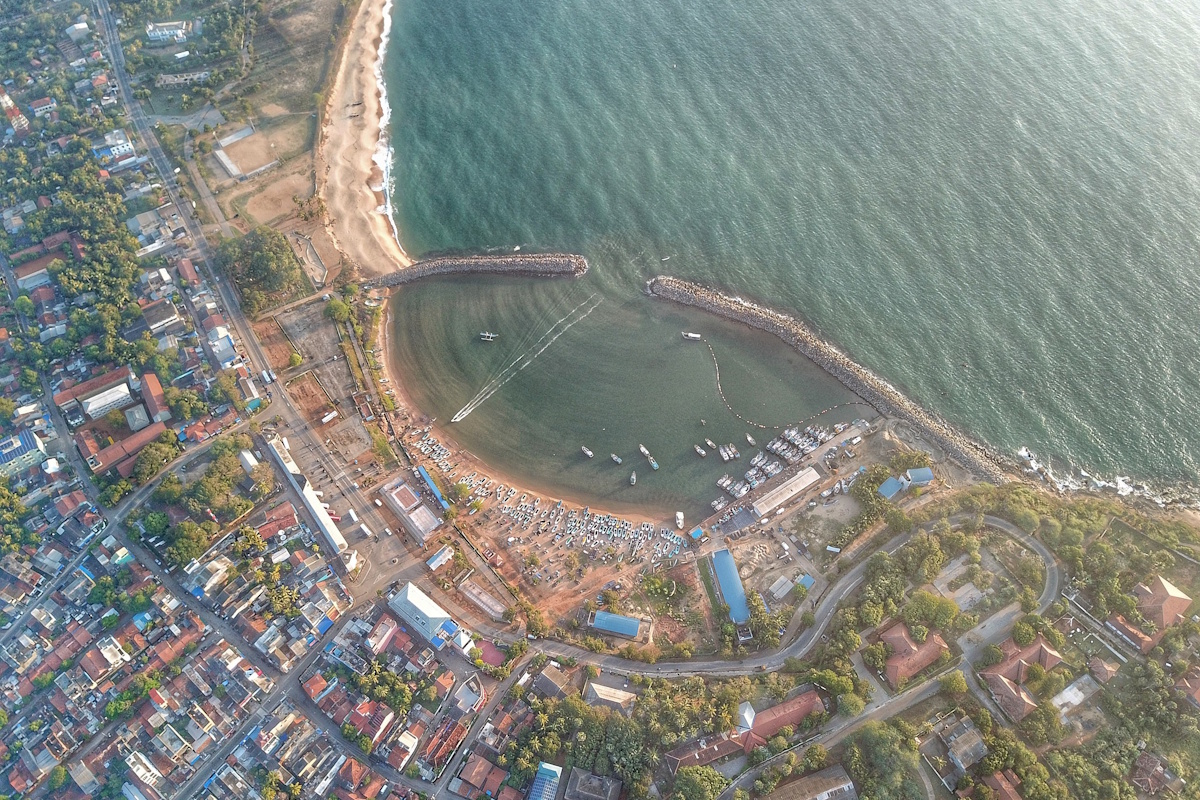
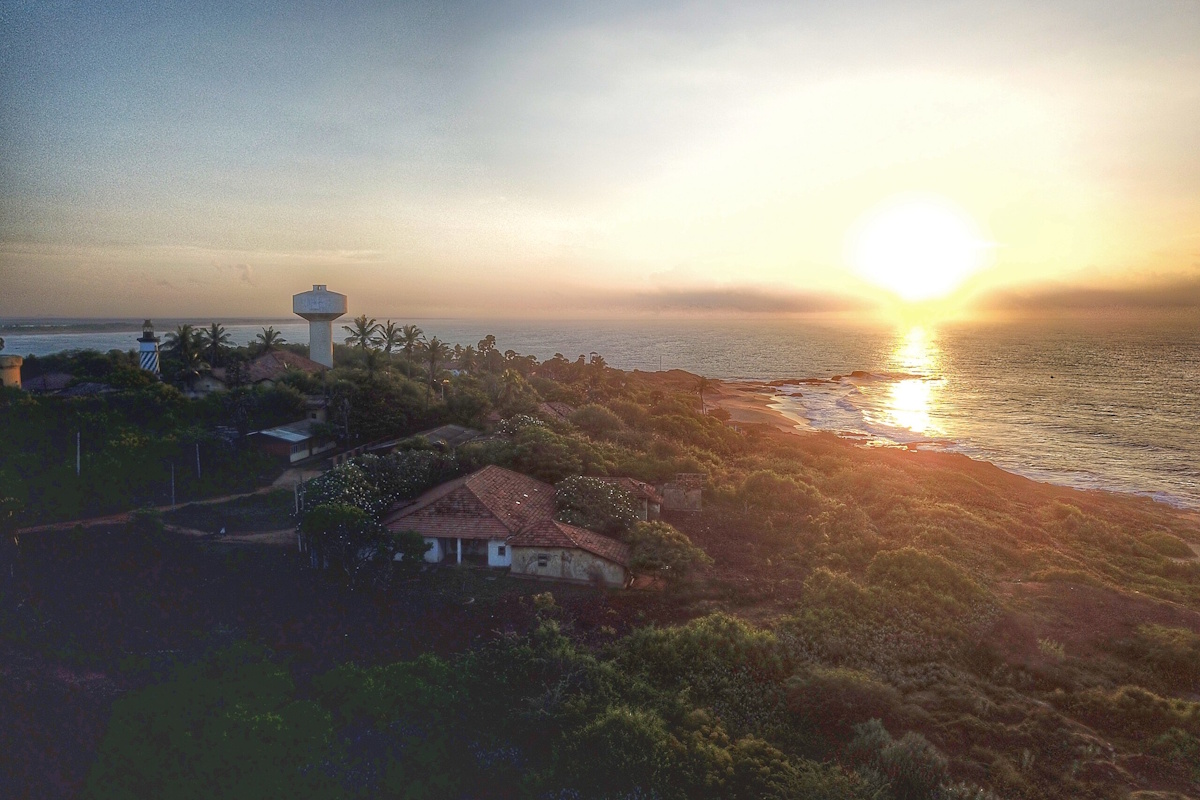
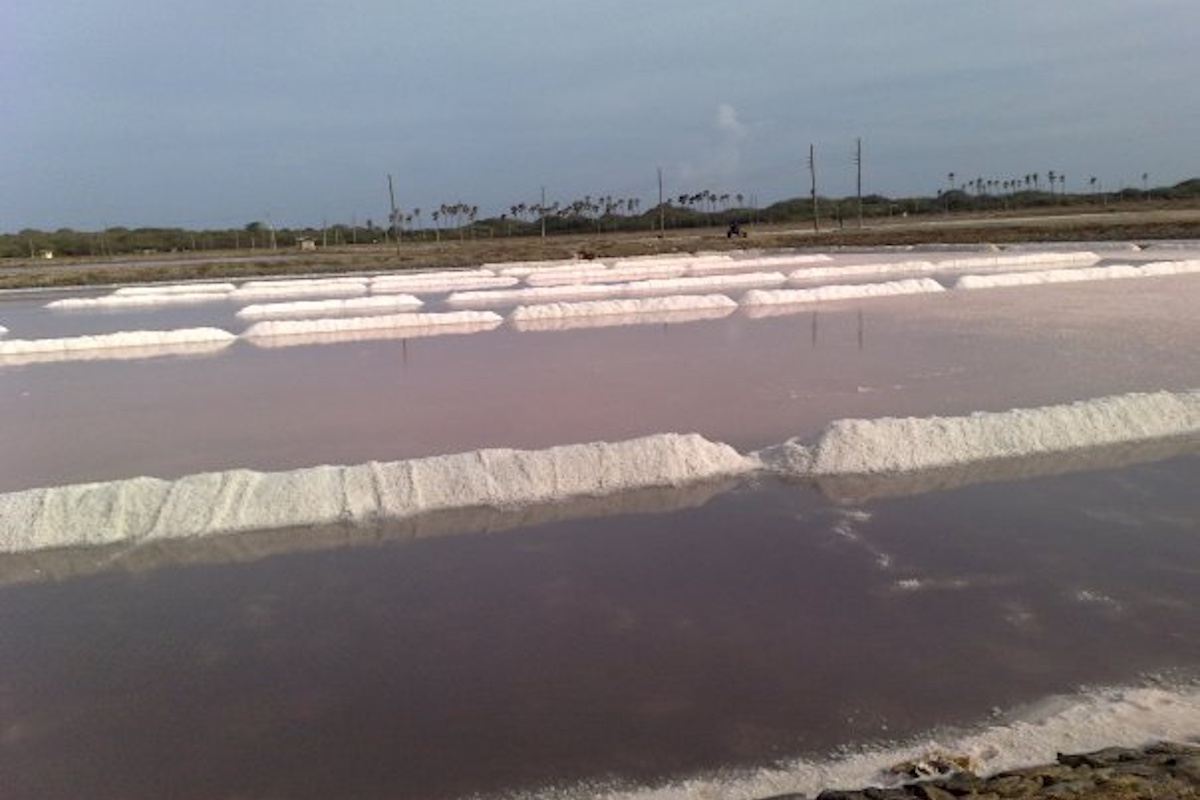
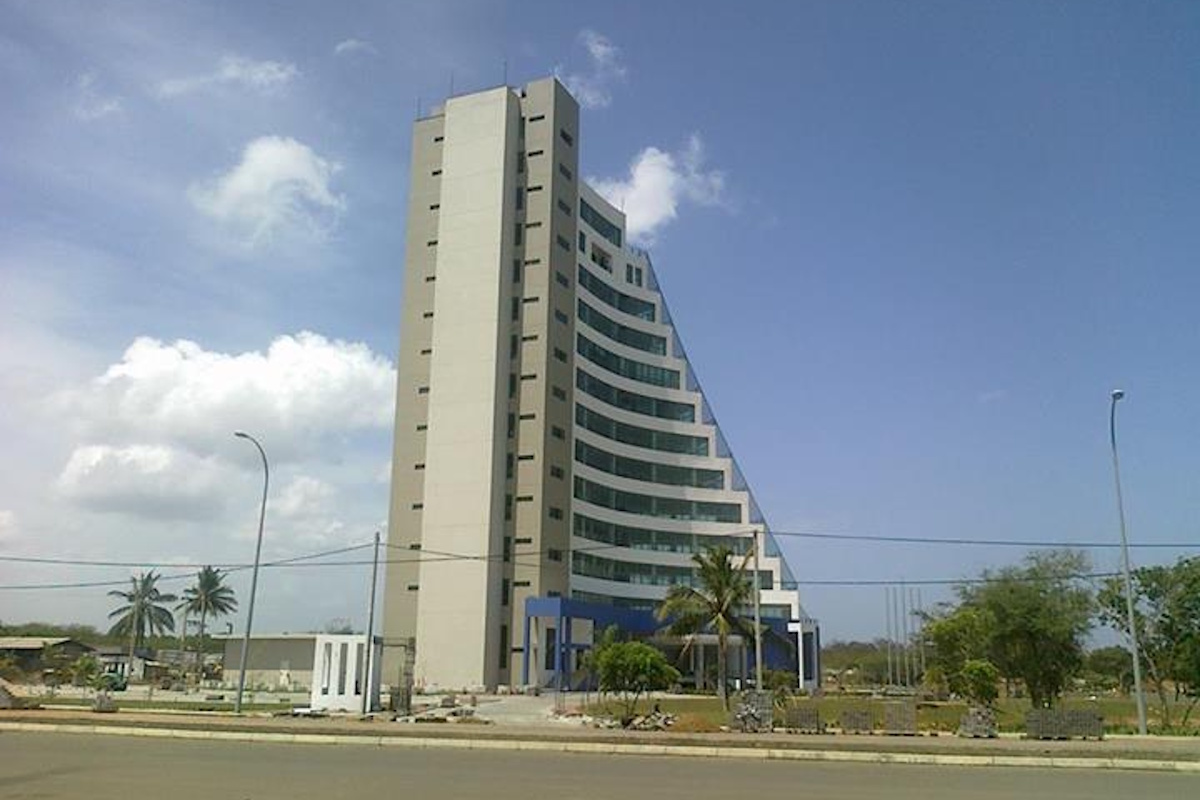
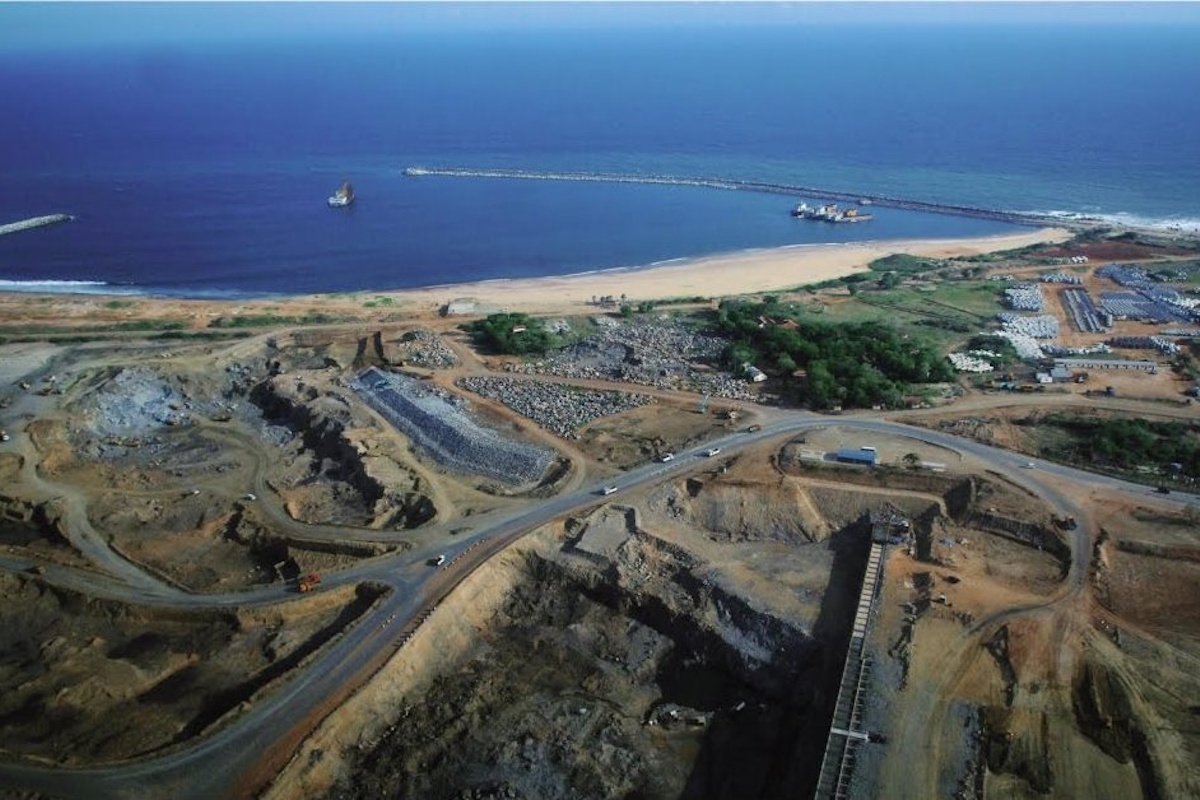
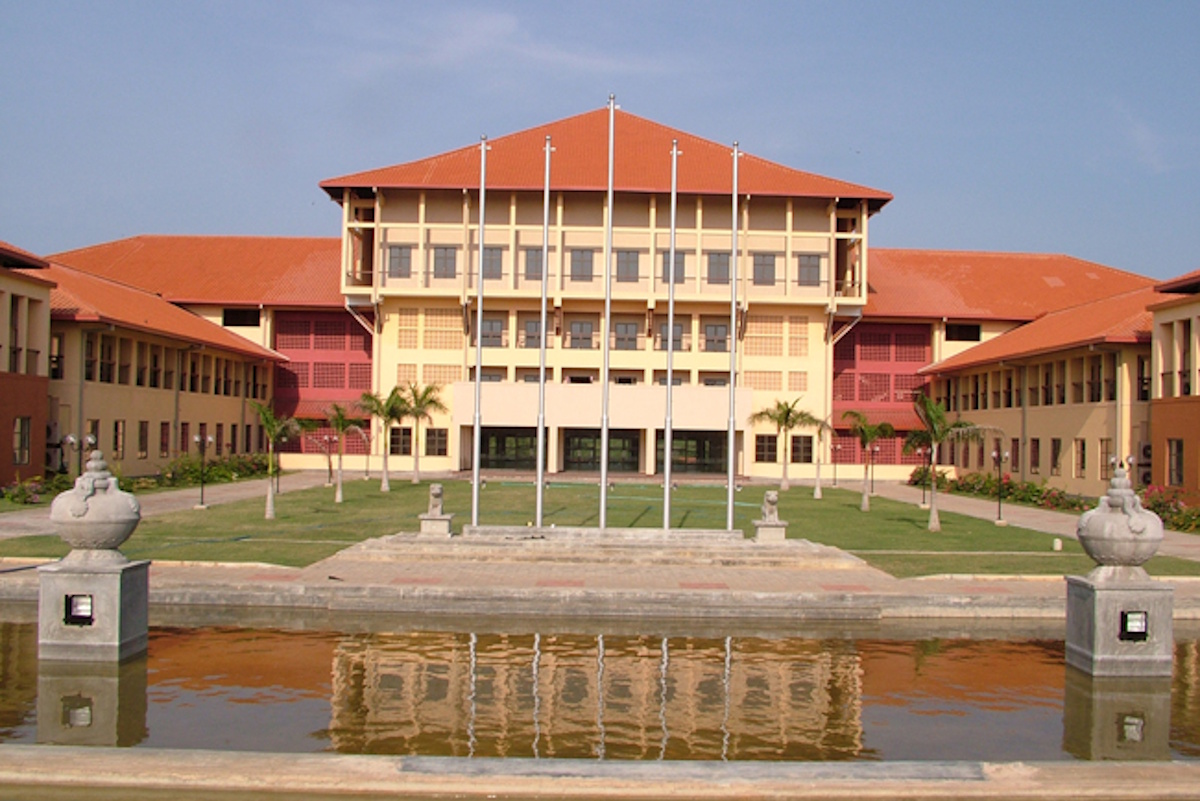
Hambantota, a coastal town in the southeastern part of Sri Lanka, has a rich heritage influenced by its strategic location on ancient trade routes and its ties to the island’s maritime legacy.
Ancient Significance:
The name “Hambantota” is believed to derive from “Sampan Thota”, referring to the harbor where Chinese sampan boats docked. As early as the Ruhuna Kingdom (3rd century BCE), Hambantota served as a vital port for trading spices, gems, and elephants with merchants from China, Arabia, and Southeast Asia.
Colonial Era:
During the Dutch and British periods, Hambantota’s role shifted from a port to a military and administrative outpost. The Martello Tower, built by the British in the early 1800s to guard the coast, still stands as a historic landmark.
Modern History:
For much of the 20th century, Hambantota remained a quiet coastal town with agriculture and salt production as primary industries. In the 21st century, however, Hambantota has undergone significant transformation into a modern economic hub with massive infrastructure development projects.
Today, Hambantota is evolving into a strategic urban center in Sri Lanka, known for its ambitious development projects and expanding tourism appeal.
Infrastructure and Development:
With support from international investment, the town is home to the Magampura Mahinda Rajapaksa Port, the Mattala Rajapaksa International Airport, and the Hambantota International Convention Center—turning it into a gateway for commerce and logistics in the Indian Ocean region.
Eco-Tourism and Culture:
While urbanization is underway, Hambantota also emphasizes sustainable tourism, leveraging its natural reserves, wildlife parks, and cultural sites to attract eco-conscious travelers.
Local Economy:
Beyond trade and infrastructure, Hambantota is also famous for salt pans, fishing, paddy cultivation, and livestock farming, making it a region rich in both natural and economic resources.
Hambantota lies along the southeastern coastline of Sri Lanka, offering a mix of dry-zone landscapes, lagoons, and coastal plains.
Geography:
Positioned between Yala National Park and the Indian Ocean, Hambantota is a flat, sun-drenched region interspersed with mangroves, salt marshes, and dry forests. It’s also home to large salt fields that shimmer under the tropical sun.
Climate:
Hambantota experiences a hot and arid climate for most of the year, with temperatures ranging from 27°C to 34°C. Rainfall is minimal compared to the wet zones of Sri Lanka, with a distinct dry season that enhances its appeal for outdoor activities and wildlife safaris.
Bundala National Park
A UNESCO biosphere reserve and birdwatcher’s paradise, Bundala is a wetland sanctuary teeming with over 200 bird species, including flamingos, storks, and migratory waterfowl. Crocodiles, elephants, and monkeys also roam its scrublands and lagoons.
Yala National Park (Block I & II)
Just north of Hambantota, Yala is Sri Lanka’s most famous national park, renowned for its leopards, elephants, sloth bears, and ancient ruins. Jeep safaris offer thrilling wildlife encounters in rugged terrain.
Hambantota Salt Pans
Spanning large coastal areas, these man-made salt fields are both scenic and essential to Sri Lanka’s salt production. The best time to visit is during sunrise or sunset, when the white salt crystals glow against the orange sky.
Dry Zone Botanic Gardens – Mirijjawila
A stunning garden showcasing drought-resistant flora, indigenous trees, and landscaped zones dedicated to medicinal plants, flowering trees, and cacti. It’s the only botanical garden in Sri Lanka’s arid zone.
Ridiyagama Safari Park
Sri Lanka’s first open-air safari zoo, divided into zones featuring lions, bears, zebras, giraffes, and other exotic species. A great family-friendly destination combining education and excitement.
Martello Tower
A British-built circular fortification from the early 19th century, offering insights into Hambantota’s colonial past. It now serves as a museum displaying maritime artifacts and local history.
Tissamaharama
A short drive from Hambantota, this ancient capital of the Ruhuna Kingdom is famous for the Tissa Wewa lake, Dagobas (stupas), and its spiritual ambiance.
Lunugamvehera National Park
A lesser-known gem connecting Yala and Udawalawe parks. It offers peaceful jeep safaris, with sightings of elephants, deer, and rich birdlife in a serene forested setting.
Kirinda Temple
A sacred seaside temple perched on a rocky outcrop, offering panoramic ocean views. The temple is associated with Queen Viharamahadevi, an iconic figure in Sri Lankan legend.
Local Culture and Cuisine
Experience Southern hospitality through village tours, local craft markets, and spicy southern cuisine. Signature dishes include ambul thiyal (sour fish curry), kalu pol pork curry, and fresh seafood caught off the coast.
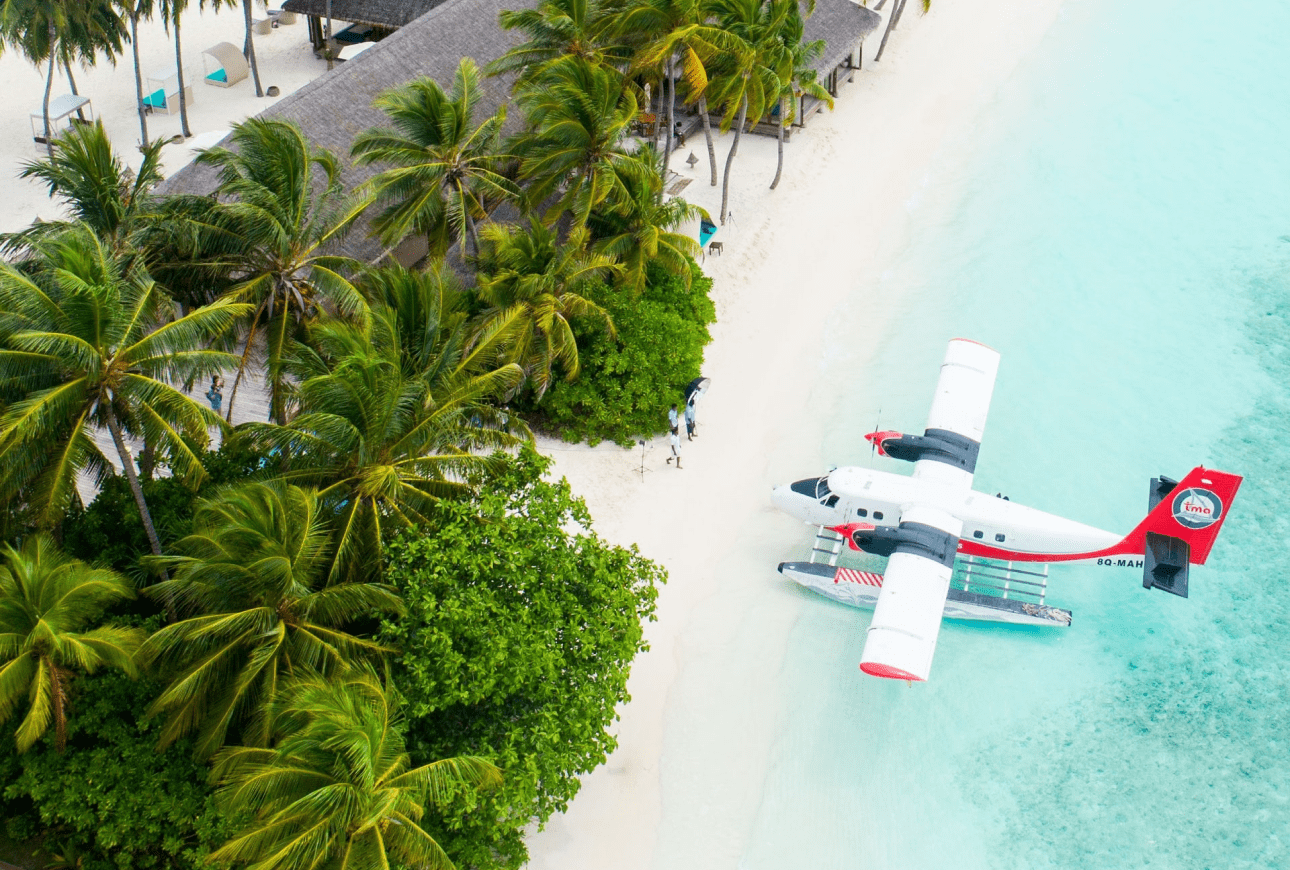
Subscribe to see secret deals prices drop the moment you sign up!